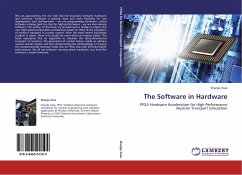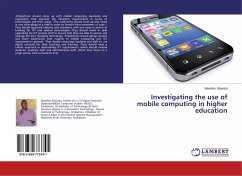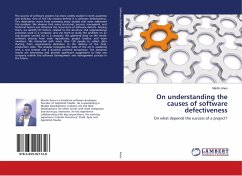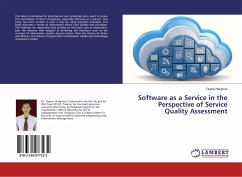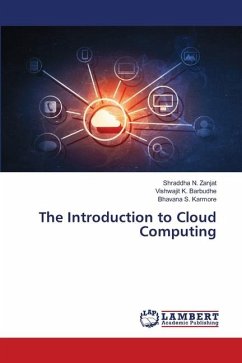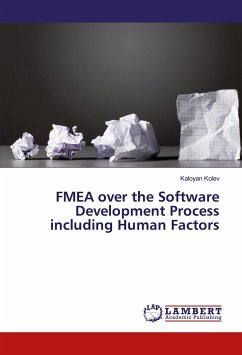We are approaching the era with blurred boundary between hardware and software: hardware is getting more and more flexibility for fast development and configuration - we are programming hardware; critical software is being built on chip for high performance - we are also coining software. The author of this book try to build such a bridge to import the new high speed computation architecture based on FPGA to the simulation of neutron transport in nuclear reactor. After the most recent Fukushima accident in Japan, there is no doubt for more effort on reactor safety. This book represents first an algorithm to simulate the three-dimensional transport of neutrons, the generators of nuclear fission, inside an arbitary nuclear reactor model, and then demonstrates the methodology of moving the computationally intensive codes into an FPGA chip with 20 times higher performance. We all use software running above hardware, but here the software is inside hardware.
Bitte wählen Sie Ihr Anliegen aus.
Rechnungen
Retourenschein anfordern
Bestellstatus
Storno

